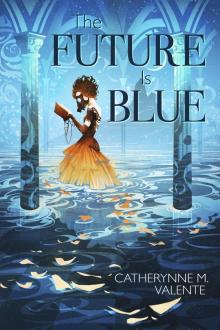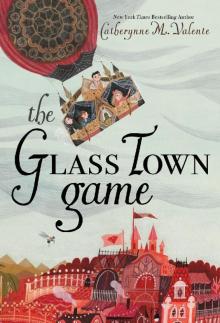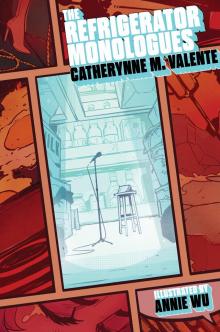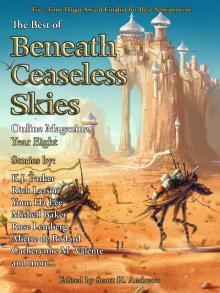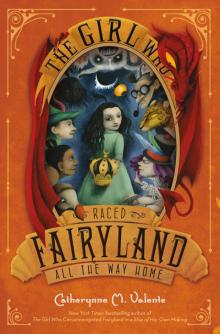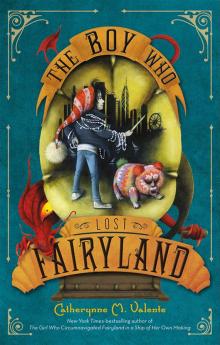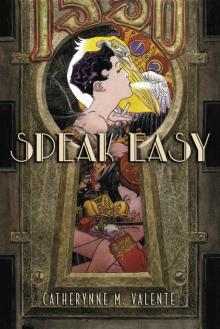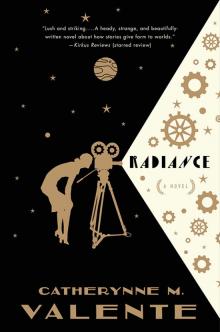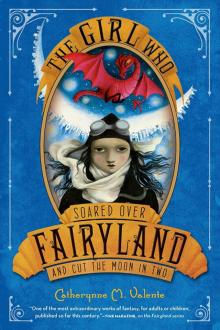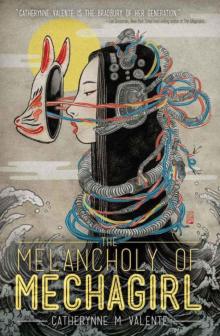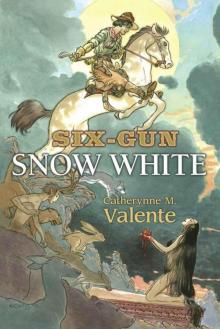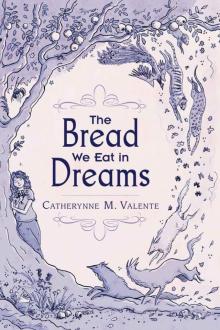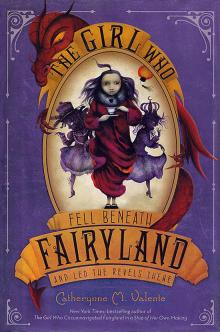


The Elusive Fox, Page 9
Muhammad Zafzaf
“Oh, Casablanca’s wonderful,” the man said. “There you can live a sheltered life.”
I reached for the bag of hay, and the man handed me a dirty cup. Meanwhile Brahim maintained his peculiar silence, like a guilty penitent.
“I wonder when I’ll get home,” I asked myself. “Then I can relax as long as we’re far away from the town. Later I’ll write a new story.”
Afterword
READING MUHAMMAD ZAFZAF’S WORK is entertaining, and so is the process of translating it. From the very outset, his work made the headlines in that his writing was new, shocking, and in defiance of more traditional modes. Since those early days, Zafzaf’s narrative repertoire has been both inviting and intriguing.
Muhammad Zafzaf (1945–July 13, 2001) was a Moroccan short story writer and novelist. He started publishing his short stories in Moroccan and Arab literary magazines, devoting his work to the portrayal of the daily lives of poor and ordinary Moroccans—alcohol, drugs, poverty, prostitution and women, as well as the hardship of the urban experience.
After Zafzaf moved to Casablanca where he worked as a teacher in a high school and later as a librarian in the same school, he continued to produce short stories and novels. He wrote a cornucopia of short stories and novels that were later gathered by the Moroccan ministry of culture in two collections—two volumes of his short stories and a two-volume set of his novels. Zafzaf’s novels include Al-Mar’ah wa-l-wardah (The Woman and the Flower, 1972); Arṣifah wa Judrān (Curbs and Walls, 1974); Afwāh wāsi‘ah (Wide-Open Mouths, 1976); Qubūr fī al-mā’ (Submarine Graveyard, 1978); Al-Af‘ā wa-al-Baḥr (The Snake and the Sea, 1979); Bayḍat al-dīk (The Rooster’s Egg, 1984); Muḥāwalat ‘Aysh (Trying to Live, 1985); and al-Ḥayy al-ḳhalfī (The Backward Neighborhood, 1992); Zafzaf’s rich experience reflects the Beat Generation, a phenomenon that had contributed to the art of storytelling in Morocco ever since his narrative journey began in the sixties. A recent anthology of his short stories translated into English was published by Syracuse University Press in 2014.
Muhammad Zafzaf was very familiar with international literature, including works from the Russian, English, and Spanish literary traditions, and of course—bearing in mind the modern history of Morocco—the French. Several references to European literary traditions occur in this novel—Alphonse Daudet’s La Chèvre de monsieur Seguin (Mr. Seguin’s Goat); the poet, novelist, and playwright Jacques Audiberti (1899–1965); André Gide’s Si le grain ne meurt (If It Die . . . ); Salma Lagerlöf (1858–1909), the novelist and first female and Swedish author to win the Nobel Prize for Literature; and Albert Camus’s L’Étranger (The Stranger). The last work is also referred to in an astute way when Zafzaf writes, “Once I could tell for certain that the knife she was holding did not belong to the ‘stranger,’ but was European, I started running crazily across the grass and through the trees till I got back to the town” (54), a reference to Camus’s famous work that has recently been the subject of a reverse cultural interpretation in Kamel Daoud’s Meursault, contre-enquête (The Meurseault Investigation, 2014).
Al-tha‘lab alladhī yaẓhar wa-yakhtafī (The Elusive Fox, 1985) is a not just another novel by Muhammad Zafzaf. It is a portrait of a city, of personal experience and drifting. It is also an account of an historical period, one defined by rapidly shifting cultural, social, and political trends in Morocco. This novel also highlights Zafzaf’s unique style, writing technique, and modes of expression. He was still a young man during the 1960s and is thus likely to have experienced and lived some of the situations and attitudes described in this work rather than merely observing them from a distance. The Moroccan critic Ahmad Bouzfour describes Muhammad Zafzaf’s experience as “a cocktail of misery, sarcasm, and doubt . . . , of mendicancy, temptation and drunkenness,”1 while Driss Khoury, another Moroccan writer, substantiates that opinion, adding that Zafzaf “never renounced the role of literature as being a self-reflexive process.”2 Khoury also notes that Zafzaf’s mode of writing was based on his awareness of things going on around him and on astute observation of both characters and places.3
I’ve chosen to bring this novel to the English reader in order to attest to the importance of Muhammad Zafzaf, express my deepest respect, and generate interest in Moroccan literature. I got to know Mr. Zafzaf personally when I was working on his short stories even though most of our conversations were over the phone. Our plan to meet in person in Casablanca was thwarted when he fell ill and was sent to hospital in France; he passed away before we had a chance to meet in person.
Undertaking the task of translating Zafzaf has been very challenging, especially the cultural aspect of his work. However, the significant contribution and assistance of Roger Allen has made the translation of this novel possible. I am deeply grateful to him for his assistance, encouragement, and collaboration on this and other works, such as a previous translation of short stories by Muḥammad Zafzaf, Monarch of the Square: An Anthology of Muḥammad Zafzaf’s Short Stories (2014).
Mbarek Sryfi
Newtown, PA
May 2014
1. Ahmad Bouzfour, “The Giving Tree” (in Arabic), Afaq (“Horizons”), Union des Écrivains du Maroc (Journal of the Moroccan Writers’ Union), no. 61/62 (1999): 218.
2. Driss Khoury, “Muhammad Zafzaf, the Elusive Writer” (in Arabic), Afaq, (“Horizons”), Union des Écrivains du Maroc (Journal of the Moroccan Writers’ Union), no. 61/62 (1999): 240.
3. Ibid., 243.
Muhammad Zafzaf (1945–2001) was one of the most prominent writers of the Maghreb. The author of dozens of novels and short stories, Zafzaf was celebrated for his innovative, modernist, and aesthetic literature rooted in the detailed daily anxieties of the ordinary Moroccan.
Mbarek Sryfi is a lecturer at the University of Pennsylvania. His translations have appeared in CELAAN, Metamorphoses, World Literature Today, and Banipal. He has published with Roger Allen Monarch of the Square: An Anthology of Muhammad Zafzaf’s Short Stories (Syracuse University Press, 2014) and with Eric Sellin Abdelfettah Kilito’s Arabs and the Art of Storytelling (Syracuse University Press, 2014).
Roger Allen is Sascha Jane Patterson Harvie Professor of Social Thought and Comparative Ethics, School of Arts and Sciences, and professor emeritus of Arabic and comparative literature at the University of Pennsylvania.

